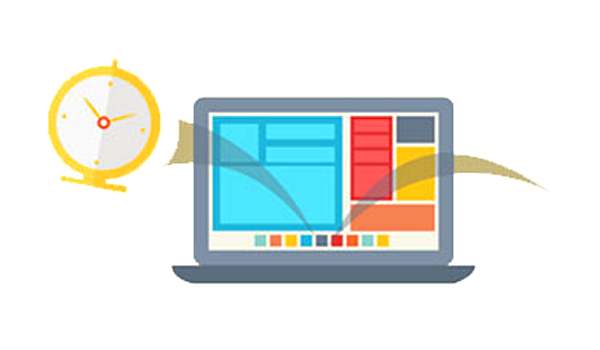
MSP Software:
MSP or managed service provider Software works as a virtual assistant by working within a number of industries, such as B2B integration, information services, supply chain management, transportation, utilities, and media to manage a predefined set of services for clients.
The software can intuitively determine necessary services and create automated rules for follow-through to take over specific administrative duties for the organization.
Features and Benefits of MSP Software:
The MSP Software has several features that can benefit the user in many ways to grow their business. Some of these include:
- Multiple clients can be managed simultaneously from a set of centralized controls.
- Task repetition can be reduced by creating automated rules in a central platform.
- It is mostly focused on remotely monitoring and controlling client IT environments. However, a broad spectrum of categories and services can also be covered.
- A fixed monthly fee can be billed and sophisticated dashboards and reporting tools can be used for providing a defined set of services
- Daily tasks and distractions can be limited for office managers, so users can focus on preventative actions and new projects.
- Clients cloud services, security and compliance features, multi-factor authentication, advanced monitoring, policy-driven automation, and more can be offered by the MSP software.
- Relationships with existing and new clients can be maximized, customer environments can be assessed, projects can be proposed, and services can be delivered with high efficiency.
- Team members can handle more work and generate more profit as functions can be automated and time spent on each client can be reduced.
- A full view of the service delivery processes can be offered to ensure completion.
- Automated checks, tasks, backups, patches, and policies can be provided for users. Redundancy can be eliminated with recurring tickets, minimizing client busywork. Cost-effective relationships can be offered between provider and clients by automated tickets.
- Employees can manage multiple clients at once by using cloud-based design. The users can be provided with the ability to track issues in real-time and monitor alerts, events, reports, systems, and logs by instant notifications and proven security measures.
- Access can be provided to real-time system data, communication tools, and help desk tickets from any location/device for your technicians and admins through a mobile web interface or native mobile app which can can significantly improve response time.
- Incoming tickets are automatically assigned to technicians as clients report issues or request service to reduce the need for help desk coordinator. Help desk functionality across multiple channels including email, phone, chat, even social media can be offered.
- Multiple organizations can be managed as individual accounts on a common platform. Everything pertaining to each client can be stored in one place, and each account can be personalized according to needs of clients. Purchases and expenses, per account can be tracked and notifications can be set about contract renewal dates.
- You can keep track of various IT assets of your client by manually inputting them, or by importing asset details from other networks with a distributed asset scan. Scripts can be run to identify and import information on individual items, and schedule automatic scans periodically for updates.
- A significant amount of data can be generated and you will need a way to digest it all without exporting to spreadsheets.
- Performance and delivery can be analyzed across all systems and modules by the help of built-in reporting tools and these reports can be used to build an interactive dashboard and stay on top of KPIs.
- Users can get more work done in less time as tasks can be streamlined by automated features, so that you can focus more manpower on non-administrative jobs. With MSP software the need for more technical hires can be reduced and the heavy need for administrative support can be removed.
- Necessary data can be accessed from any location using cloud-based monitoring and mobile access. Real-time reporting can be used to inform decisions and analyze productivity. Remote communication and monitoring can be supported.
- A wide spectrum of data can be processed from various sources and relevant business intelligence can be delivered to any customer.